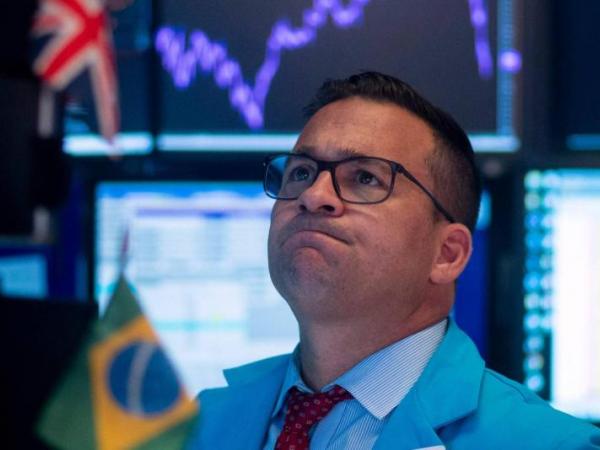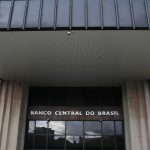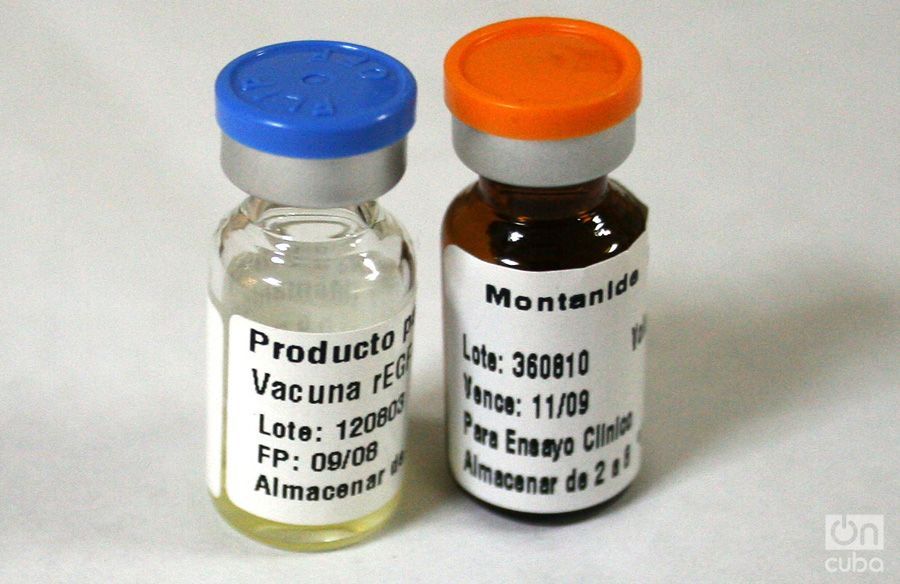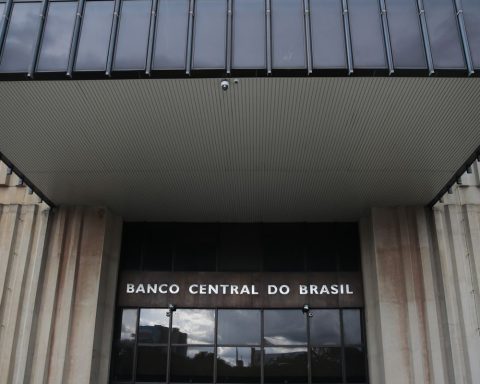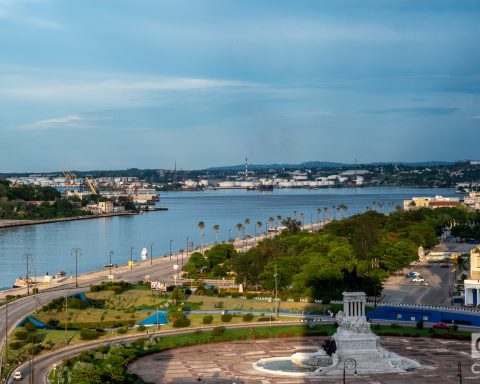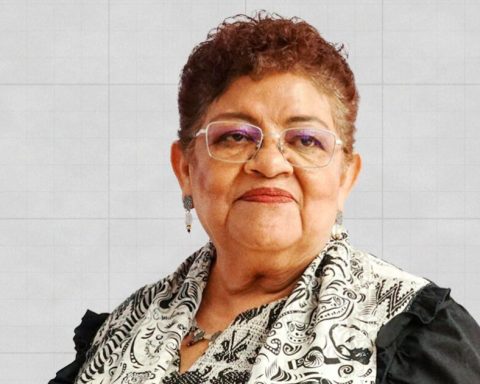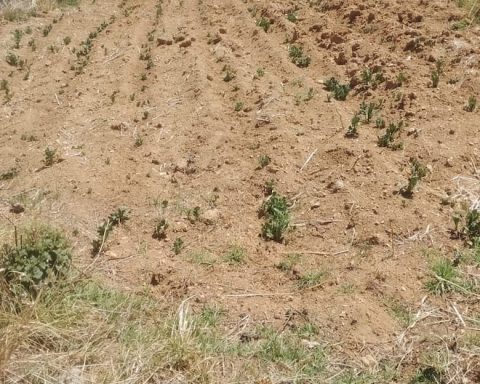The dollar globally, it continued to strengthen against the main currencies and the currencies of emerging countries such as Colombia, which saw how the peso registered a new increase of $21.02 to be placed at a new high of $4,369.70, which is the Representative Market Rate for today.
(Dollar: what are historical highs due to and what is coming for the currency).
The dollar in the banking market in Colombia ended at $4,395 after opening operations at $4,335.05, going down to $4,320 and trading at a maximum rate of $4,400, which is the highest value that has been traded in the country.
This year the dollar has risen $388.54, the devaluation of the peso reaches 9.76% and in the last 12 months the depreciation of the peso is 15.53%.
(Inflation in Colombia is at greater risk towards 2023, according to experts).
For its part, although the Colombian Stock Exchange yesterday registered a 1% rise in its MSCI Colcap stock index, so far in 2022 it presents a devaluation of 4.3%.
The strong volatility that the markets have registered in the last month, according to analysts, is explained by the fact that more and more people consider that a recession in the United States and Europe is close to happening and although some countries like Colombia are going to record good growth this year, in the medium term they could begin to be affected.
Andrés Langebaek, executive director of economic research at the Bolívar-Davivienda Group, says that there is a “giant” uncertainty about the economic growth of the United States and even the Federal Reserve (FED) in Atlanta said last week that the country is in recession, “ Although some analysts say that the economy continues to grow well, although they do recognize that the economy is slowing down, but given the high inflation, they must raise their interest rates by another 75 basis points.”
The analyst explains that when the US raises interest rates, that causes an appreciation of the dollar before the main currencies and the other currencies, among them the peso.
And correspondingly, if the dollar appreciates, the peso depreciates and that is the first thing you notice. Langebaek notes that on Wednesday and Thursday yesterday the dollar reached its highest value since October 2002. With the euro it reached 1.01, that is, almost parity.
This appreciation of the dollar is the other mechanism by which the prices of raw materials (commodities) are affected, since they are denominated in dollars and therefore lower their price, he explains.
Langebaek says that the United States was excessively expansionist during the pandemic and was slow to begin to act to control the situation, so it will be difficult for them to lower prices.
THE COUNTRY CAN BE AFFECTED
But he pointed out that despite the fact that Colombia will grow well in 2022, due to a lower dynamic or recession in the US, exports will be impacted, fewer tourists will come from that country and eventually remittances will moderate their growth and even drop because it could generate unemployment among Hispanics in that country.
Leonardo Mila, Strategy Manager at AFP Porvenir, indicates that central banks have had to work hard and quickly to control inflationary pressures and in the case of the FED, resorting to strong language, as in recent days, that pushes the currency (dollar) up.
In the local context it says that What the president-elect proposes points to greater fiscal spending“which puts pressure on public finances, country risk and makes external financing difficult, in addition to the announcement of restrictions on oil exploration contracts, which is one of the main sources of dollar income.”
For his part, Wilson Tovar, manager of Economic Research at Acciones & Valores, considers that the factors of the internal political and economic situation do not have as much weight in the increase of the dollar in the country and points out that it is necessary to wait for the president-elect take office, but remember that the situation in the country is very different from that of the countries in the region.
Tovar warns that at the world level it is seen in the stagflation scenario (recession and high prices) and that this would be “the worst possible scenario”.
He anticipates that despite external phenomena in 2023, no matter how bad things are going for the Colombian economy, it will grow 3% and mentions that the Banco de la República has done its homework, to try to help control prices.
BRIEFCASE
